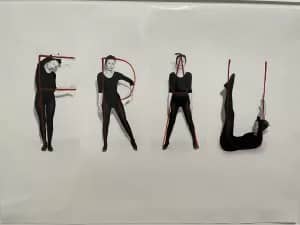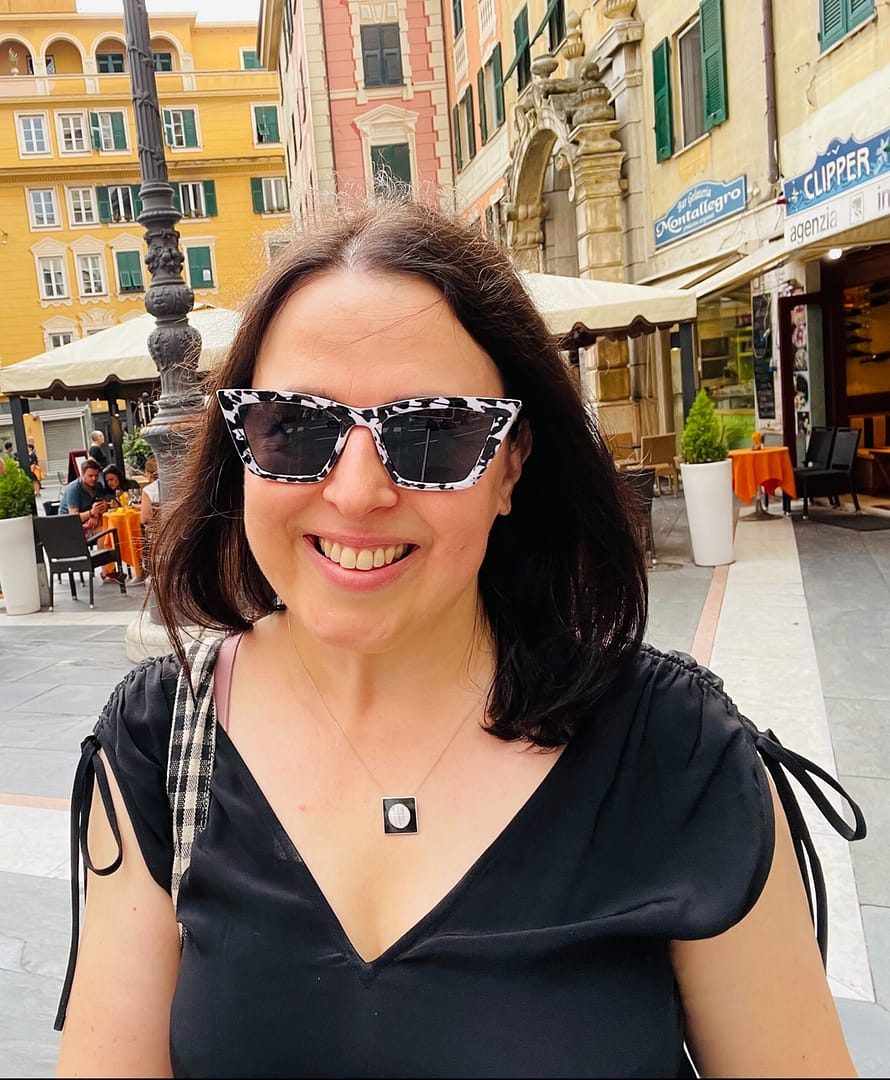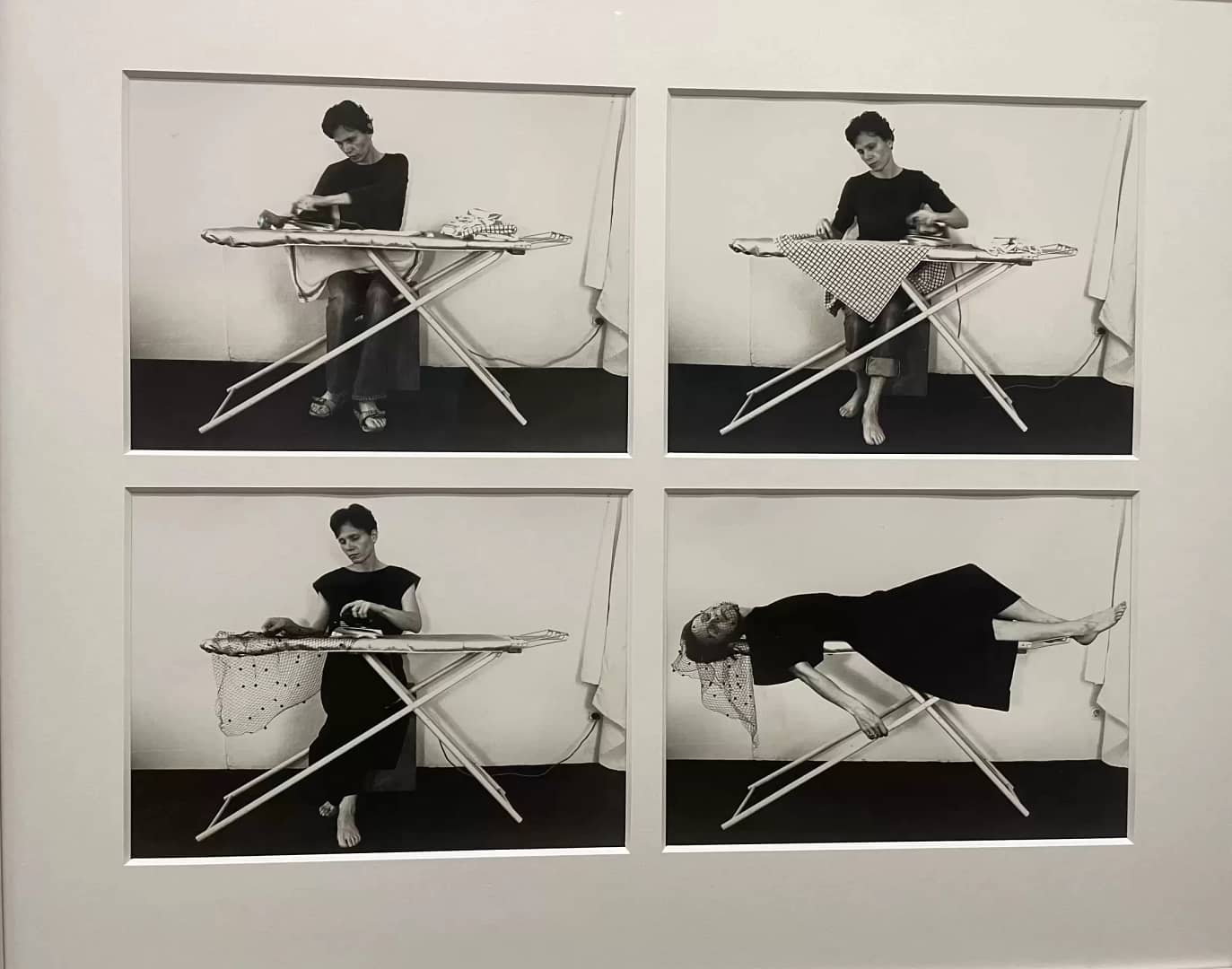During my recent trip to the stunning city of Vienna, I visited the fascinating, “20 Years of the Verbund Collection” at the Albertina museum. The company collection was established in 2004 by Verbund, Austria’s leading power company and, comprises around 1000 works by over 200 artists. What drew me to this was the focus on the pioneering women of the Feminist Avant-Garde movement of the 70s.
What is Feminist Avant-Garde?
Post-World War II, societal norms emphasised women’s roles as mothers and housewives, bound by traditional moral principles. The second wave of feminism emerged to contest these antiquated notions, advocating for women’s equality, including equal pay, and the right to abortion, thereby confronting prevailing political and societal attitudes.
During the 1970s, female artists experimented with innovative methods, shifting from classic painting techniques to using their bodies as a medium. This era was marked by the emergence of postmodernism and feminism. It also highlighted the spatialisation of art and the concept of staged self-portrayals. New mediums like photography, video, film, and performance were recognised as independent art forms.

Several artists depicted feelings of confinement by physically binding their faces and bodies within their work. Interestingly, despite not knowing one another, they conveyed their emotions through remarkably similar methods.
Birgit Jürgenssen
Jürgenssen was born in Vienna, Austria in 1949. Her oeuvre is characterised by enactments of the female body in masquerade, disguise, fragmentation and animalisation. She created outstanding drawings and was a master of detail.

Dressed as a housewife, the artist hangs a stove around her neck like an apron, thus bearing the burden of the traditional, one-dimensional role. She depicts herself with the object both from the front and in profile. Jürgenssen was a master of word games. Here she alludes to the expression, “to have a bun in the oven”, which means “to be pregnant”. Looking back in 2003, she said:
I wanted to show the common prejudices and roles that society assigns to women and that I always come up against, and I wanted to depict the injustices of everyday life.”
Birgit Jürgenssen
Penny Slinger
British-born American artist and author, Penny Slinger has worked in different mediums including photography, film and sculpture. These photo collages from 1973 show Penny Slinger as bride in a wedding cake. The artist equates the cutting of the cake with a bride’s deflowering on her wedding night.


In one of the works, she positions a photograph with a large eye in front of her vulva while she holds her hands in front of her face. This transforms the vulva into an eye that reciprocates the viewer’s gaze. In this way, the woman detaches herself from her status as an object and becomes an active subject – the director of her own pleasure.
Ulrike Rosenbach
Rosenbach was a pioneer in video art and performances in the 1970s. Her graduation work from the Academy of Fine Art Dusseldorf, titled Hats for a Married Woman, explored the historical tradition of married women concealing their hair with hoods during the Middle Ages. Additionally, the project alluded to the German saying “under the bonnet,” symbolizing women’s societal expectations to marry and adopt the roles of wife and mother.

Gillian Wearing

British artist Gillian Wearing explores the dichotomy of public persona versus private identity in her work. She connects with French surrealist Claude Cahun by emulating Cahun’s appearance and pose, accentuating the transformation with makeup and holding a mask of her own face. This act reflects the strategies used by Feminist Avant-Garde artists, who often utilized masks to experiment with different identities.
This groundbreaking work highlights the significant impact of female artists on the Feminist Avant-Garde movement, noting how they confront societal norms and patriarchal systems. Their innovative use of various forms and mediums has an enduring influence, encouraging a view of the world that promotes equality and empowerment.
All photos courtesy Verbund Collection, Albertina Museum, Vienna



